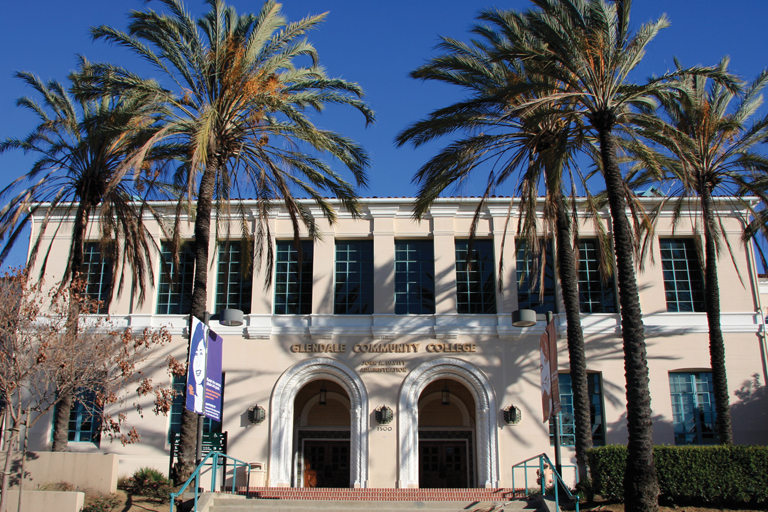
For many local high school graduates, starting their college career at nearby Glendale Community College is an obvious choice.
By Ani GASPARYAN, intern
Los Angeles high school students are increasingly choosing to attend community college and then later transfer to four-year institutions to receive their college degrees.
According to California Community Colleges, a postsecondary education system in California, 29% of University of California graduates and 51% of California State University graduates transferred from a California community college. This is because many community college students are guaranteed admission into the UC or CSU systems if they fulfill certain requirements.
Programs have also been implemented to help transfer students obtain bachelor’s degrees. Six UC campuses participate in the Transfer Admittance Guarantee program, which guarantees students admission if they maintained a certain GPA, completed the required number of units to transfer, and met all their major requirements.
Moreover, community college provides low-income students a cheaper pathway to earning a bachelor’s degree. Depending on where students transfer and if they pay for housing they can save between $8,000 and $30,000.
Lily Walker, a second year marine science student at Glendale Community College, said that choosing to attend community college instead of going directly into a four-year college or university was an easy choice.
“It’s cheaper, first of all. It’s a lot closer,” she said. “I didn’t have to pay for housing because I just live at home so it’s a lot easier.”
Marina Aguilar, a second year psychology student at GCC, said that she chose to go to community college because of financial issues and having poor grades in high school.
“It gave me more flexibility to work a nine-to-five job and take all my classes, so I could save money so I could pay off my actual four-year college,” she said.
Students also choose to attend community college if they need more time to figure out their career path and what they want to study at college or university.
“The two years that you’re [at community college] doing all your GE’s [general education units], you get more time so you could learn more about yourself, maybe learn more about what you want to do,” Aguilar said.
The smaller size of most community college campuses also gives students a more intimate learning environment where they can get to know their professors and the class material better than in large classrooms.
Kayla Madrid, a first year nursing student at GCC, said that GCC will help bring her to a better path for her major.
“The classes are more direct since they’re smaller,” she said. “So [learning is easier]. It’s more direct to you, more one-on-one.”
The number of California community college students like Madrid have increased over the years. The University of California announced on July 22 that it admitted a record number of transfer students for the 2019-20 academic year. About 92% of these admitted transfer students will be coming from a California community college.
The California State University system similarly admits a high number of students from community colleges. About 66,000 transfer students attended one of its campuses in fall 2017, with 93% of them coming from a California community college.
But the path to transferring isn’t always easy. In a survey conducted by researchers from North Carolina State University, it was revealed that community college students’ academics were most challenged by having to work and pay for their expenses. Sixty-one percent of students said that their work hours didn’t give them enough time to study for their classes and 50% of students said that their wages weren’t enough to cover their expenses.
Aguilar said that she has been affected by her struggles about deciding what she wants to do as a career and not getting guidance from the college.
“They don’t really tell you what career options there are or what you can get into,” she said.
Transfer students also face challenges once they transfer into a four-year institution and have to adjust to their new learning environment. Walker said that she hopes to transfer to Cal Poly San Luis Obispo and is apprehensive about not knowing anyone there.
“Nobody I know is transferring there,” she said, “So the whole social [situation], adapting to that part, is going to be difficult.”
